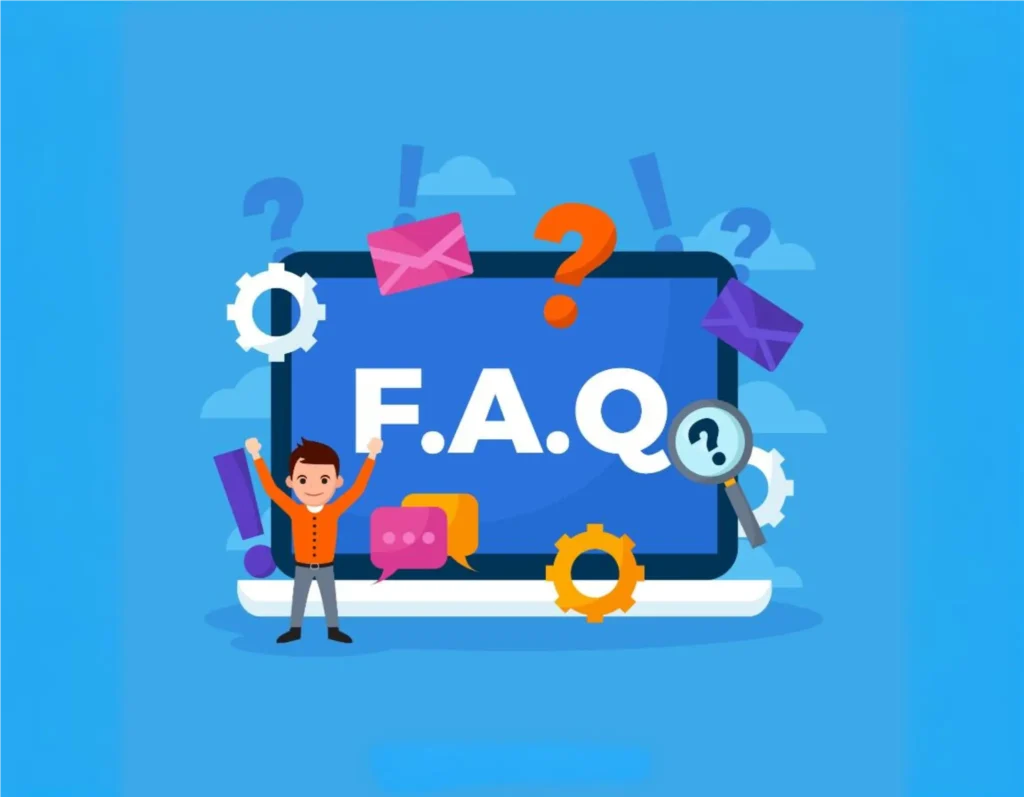Nowadays, with everything moving so quickly online, making a great first impression is more important than ever. Whether it’s a website, a business card, or an advertisement, the visuals are often the first thing people notice. That’s where the power of graphic design shines. It’s not just about making things “look nice”—graphic design is a powerful tool that shapes how customers perceive a brand and influences their experience. In this blog post, we will explore what graphic design is and how it can enhance the customer experience, creating lasting relationships between businesses and their audiences.
What is Graphic Design?
Simply put, graphic design is all about crafting visual content to get your message across.. Designers use typography, images, colors, and layouts to craft visual solutions that inform, engage, and inspire people. Graphic design can be found everywhere—from websites and logos to product packaging, advertisements, social media graphics, and much more.
But graphic design goes beyond just making things aesthetically pleasing. It’s about strategically using visuals to convey a message, solve problems, and deliver a better user experience. In business, this means creating designs that resonate with the target audience, helping them connect emotionally with the brand and ultimately driving them to take action.

How Graphic Design Boosts Customer Experience
Now that we understand the basics of graphic design, let’s dive into how it can enhance the customer experience. In today’s market, customers expect more than just a product or service—they want a seamless, engaging experience from start to finish. And graphic design plays a crucial role in making that happen.
First Impressions and Branding
We’ve all heard the saying, “You never get a second chance to make a first impression.” This is especially true for businesses. The moment a potential customer visits your website, sees your logo, or interacts with your marketing materials, they form an opinion about your brand. Good graphic design ensures that this first impression is a positive one.
Take, for example, Apple. Their sleek, minimalist design approach isn’t just visually appealing—it communicates innovation, simplicity, and premium quality. From their website to their packaging, every design element reinforces their brand message. As a result, customers associate Apple with cutting-edge technology and an exceptional user experience.
Clarity and Communication
In a world full of information overload, it’s easy for messages to get lost in the noise. Graphic design helps cut through the clutter by presenting information in a clear, concise, and visually engaging way. When customers can easily understand what you’re offering and how it benefits them, they are more likely to engage with your brand.
For example, a well-designed infographic can take complex data and present it in a way that is easy to digest. This boosts the user experience and helps earn your audience’s trust. When your design makes things simple and intuitive, customers appreciate the effort and are more likely to stick around.
Consistency Builds Trust
One of the most overlooked aspects of graphic design is consistency. A consistent design across all platforms—whether it’s your website, social media, or printed materials—reinforces your brand identity and builds trust with your audience. Customers are more likely to trust a brand that looks professional and cohesive.
Think about brands like Coca-Cola. No matter where you see their logo, colors, or fonts, it’s instantly recognizable. This consistency creates a sense of reliability and familiarity, which is key to building long-term relationships with customers.
Enhancing User Experience (UX) on Websites
When it comes to websites, graphic design and user experience (UX) go hand in hand. A great-looking website is just part of the picture. It should also be easy for users to find what they need, explore the content smoothly, and take actions like buying something or subscribing for updates.
Imagine visiting a cluttered, visually overwhelming website where the fonts are hard to read, the buttons are misplaced, and you can’t find the information you need. Frustrating, right? Now, imagine visiting a clean, well-organized website where everything is intuitive and visually appealing. You’re more likely to spend time on the site, explore what it offers, and ultimately make a purchase.
Emotional Connection and Storytelling
Graphic design isn’t just about logic and clarity—it’s also about evoking emotions. Great design has the power to tell a story and connect with customers on a deeper, emotional level. Whether it’s through the use of colors, imagery, or typography, design can make customers feel inspired, excited, comforted, or even nostalgic.
For example, Nike’s “Just Do It” campaign has been iconic for years, not just because of the slogan, but because of the powerful visuals that accompany it. The bold, dynamic design and images of athletes overcoming challenges evoke feelings of determination and empowerment, which resonate deeply with their target audience.
Real-Life Story: How Graphic Design Boosted Customer Engagement
Let’s take a look at a real-life example. A small e-commerce business selling eco-friendly products wanted to revamp their website to improve sales. They invested in a professional graphic designer to redesign the website, focusing on creating a clean, visually appealing layout that showcased their products in an attractive way.
The designer also created custom icons and illustrations to communicate the brand’s sustainability mission clearly. Within a few months of launching the new design, the company saw a significant increase in website traffic, customer engagement, and sales. The improved design not only made the site easier to navigate but also helped customers connect with the brand’s values, leading to higher customer loyalty.

Common FAQs About Graphic Design
Now, let’s address some of the most common questions people have about graphic design.
How does graphic design differ from web design?
Graphic design focuses on creating visual content for a variety of media, including print and digital, whereas web design is specifically concerned with designing websites. While graphic designers may create visuals for a website, web designers are responsible for the site’s layout, functionality, and overall user experience.
What tools do graphic designers use?
Graphic designers typically use software like Adobe Photoshop, Illustrator, and InDesign for creating visuals. Other tools, such as Canva and Figma, are also popular, especially for designing social media graphics and user interfaces.
Why is graphic design important for businesses?
Graphic design helps businesses stand out in a crowded market by creating strong visual identities. It communicates the brand’s message effectively, attracts potential customers, and builds trust through consistent, professional visuals.
Can I do graphic design without professional training?
While having a formal education in graphic design can be helpful, it’s not always necessary. Many successful designers are self-taught, using online resources and practice to develop their skills. However, a strong understanding of design principles is crucial for creating effective designs.
How do colors influence graphic design?
Colors play a significant role in graphic design by evoking emotions and creating visual harmony. For example, blue often represents trust and professionalism, while red can evoke excitement or urgency. Choosing the right color palette is essential for reinforcing a brand’s message and connecting with the target audience.
Conclusion
Graphic design is much more than just making things look good—it’s about creating a strategic visual experience that enhances how customers interact with your brand. From first impressions to building trust and making complex information easy to understand, graphic design plays a vital role in shaping the customer experience. Whether you’re a business owner, a marketer, or a designer, understanding the power of graphic design can help you create more meaningful connections with your audience, leading to stronger customer loyalty and business success.
So the next time you think about how to improve your customer experience, remember: great design matters!
Ready to Grow Your Business? Let’s Get Started!
Contact Us Today and Take the First Step Toward Your Digital Success
Whether you need a website overhaul, an SEO strategy, or social media management, BeBrand is here to help. Let’s discuss how we can tailor our services to your needs and grow your brand online.

